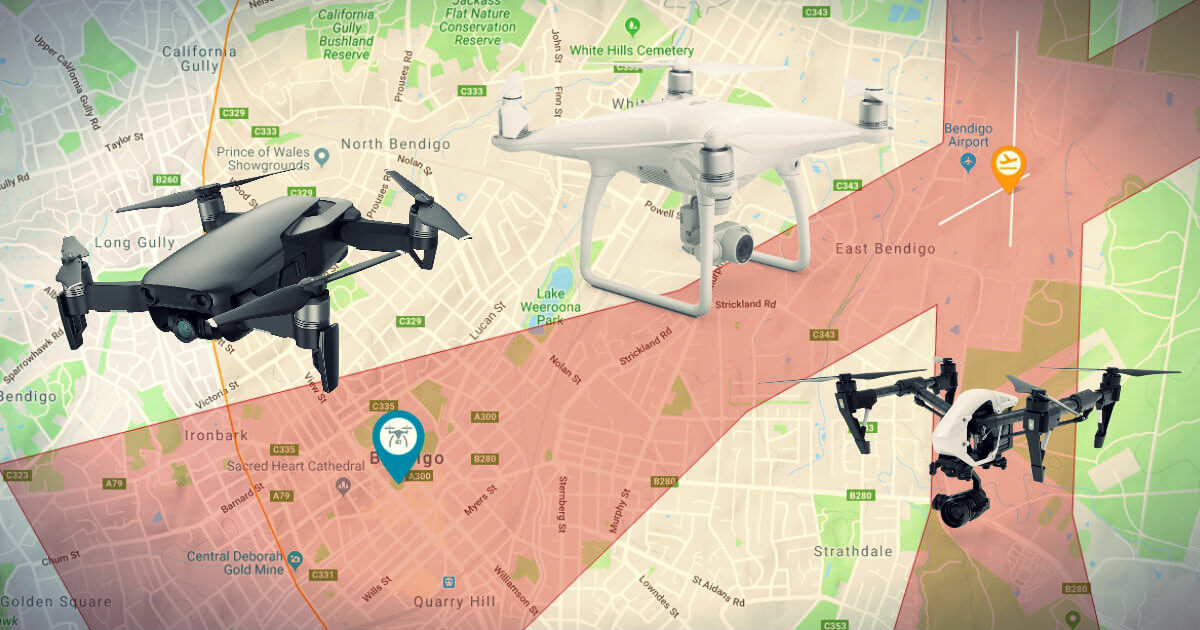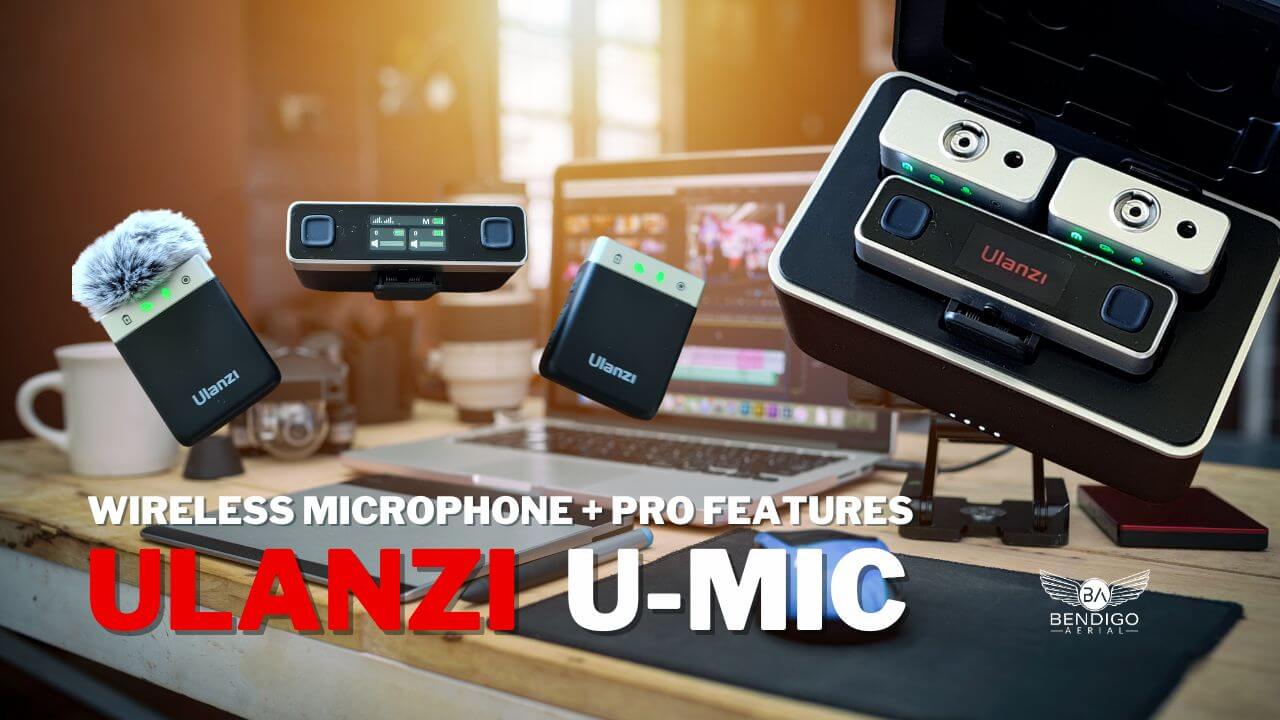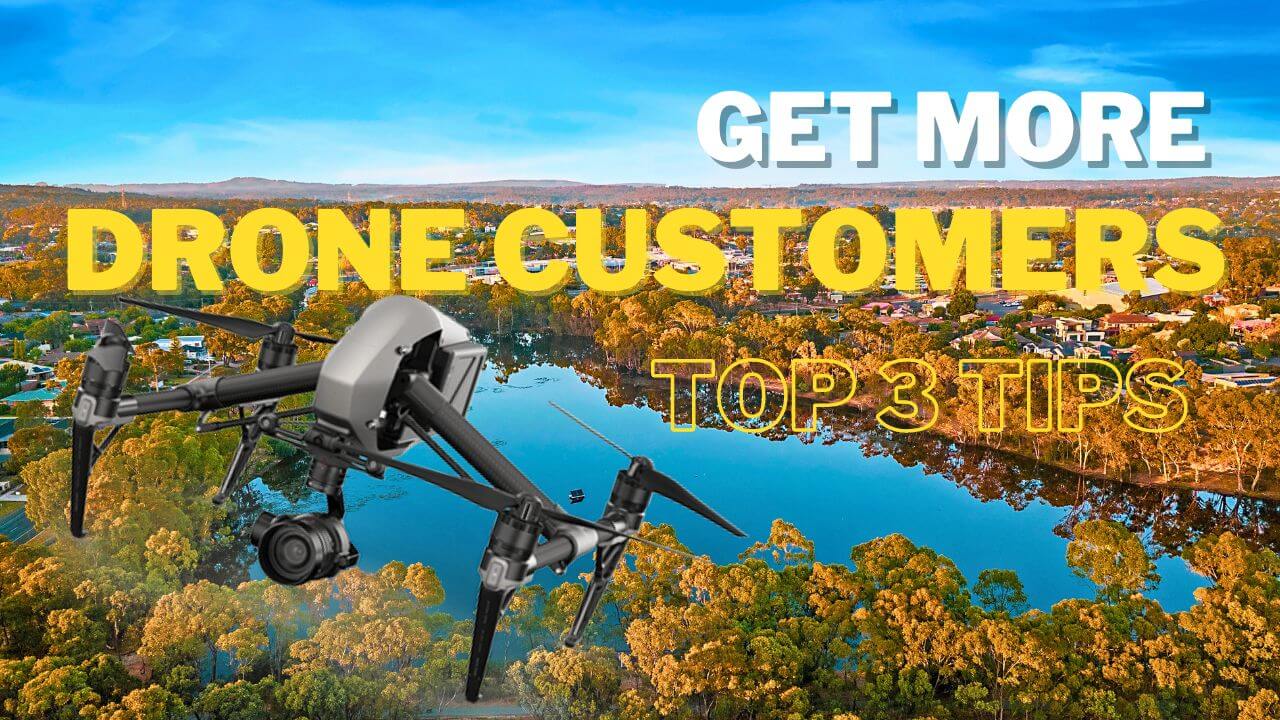Current RPA CASA Drone Laws and Regulations for Hobby and Recreational Flyers.
As commercial drone operators, we are often asked about the drone laws and regulations for recreational drone use in Australia. The Civil Aviation Safety Authority (CASA) has created a helpful website that outlines all of the relevant laws and guidelines. We recommend checking out this website before you take your drone for a flight. In addition, we have compiled this article to provide more information on these laws and address some common questions that we receive.
Note: This article is intended to provide guidance to recreational drone users. As the Chief Remote Pilot and commercial drone operator at Bendigo Aerial, I am bound by the regulations outlined in our Remote Operator Certificate (ReOC). I will be publishing a separate article specifically for commercial drone operators in the near future.
CASA Drone Safety App
Before flying download the CASA “OpenSky by Wing” Drone Safety App. For recreational users, this is a great app that explains Australian drone laws and shows the location where you can and cannot fly. The app also identifies restricted zones, airports, helicopter landing sites, public safety issues, disasters and approach/departure areas of airfields. The app is free and can also be viewed directly from your internet browser. To see a full list of approved CASA apps for recreational flyers search CASA Certified Drone Safety Apps.
New: Australian Drone Registration
If you are using a drone for recreational purposes and flying it for fun, you currently do not need to register it.
If you fly your drone commercially or for business purposes – all drones need to be registered. A certificate of registration is required and is valid for 12 months. From January 2021: Failure to provide the certificate of registration to Police or CASA officials can incur fines of up to $11,100. Learn More About Drone Registration.
Australian Drone Laws and Rules Explained
1. Only Fly During the Day
As a recreational user, you can only fly your drone during daylight. This means between sunrise and sunset. Once the sun has set, the pilot must land their aircraft and/or not take off. Night flying is strictly prohibited for all recreational drone flyers. Terminology: BOD stands for Beginning of Day, and EOD stands for End of Day.
2. 120 Meters or 400 Feet Maximum Flight Height AGL
You must not fly your drone higher than 400FT or 120M from the ground. If a building is 50M above ground, you are not permitted to go to the top of the building and fly your drone 120M above the top. Instead, the 120M is taken from the ground level of the building. Terminology: AGL = Above Ground Level and MSL = Mean Sea Level
3. You Must Not Fly Over or Above People
It’s against the law to fly over any person. This rule expands to local parks, sporting events, and ovals where there is a game on and includes populous areas. What does populous mean? The area where you are flying has a sufficient density of people, cars, buildings, events etc.
4. 30 Meter Separation
While you are not permitted to fly over people, you must keep your drone at least 30 meters away from people. This includes properties such as parked cars, foot traffic, moving vehicles, and infrastructures such as a railway.
5. VLOS – Visual Line of Sight
You must always be able to see your drone with your own eyes. Without the aid of a phone/tablet screen or the use of FPV (First Person View) goggles. If your drone is out of sight or too far away, then you’re BLOS – (Beyond line of sight). Drone Laws in Australia only permit a visual line of sight. Visual line of sight also refers to not flying in fog or clouds.
6. Public Safety and Emergencies
You must not fly your drone near a current emergency. Examples car crashes, rescue, fires, bushfires, and police operations. For larger incidents, the CASA app will indicate a red circle around the incident. The restricted area is removed once the incident is clear. You can also check on the Victorian Emergency website.
7. Radius from Airports and Helicopter Landing Sites
Controlled Airport (Airport with a Tower): If your drone weighs more than 250 grams, you must stay away at least 5.5 km (3NM – Nautical Miles) from a controlled airport. For Example, Tullamarine Airport, Essendon, Avalon, and Moorabbin Airports.
Non-Controlled Airport (Airport without a Tower): When the airport is listed as non-controlled example Bendigo Airport, you may fly inside the 5.5KM radius (3NM – Nautical Miles) only if you know that no aircraft are taking off and landing from the non-controlled airport. When you see or hear an aircraft while inside the non-controlled zone, you must land immediately and not take off. The approach and departure lane of an uncontrolled airport is a no-fly zone.
8. Approach and Departure of Controlled and Non-Controlled Airports
This is a restricted zone and flying is strictly prohibited within the approach and departure of a non-controlled and controlled airport. The approach and departure lanes span 15 degrees up to 7KM from the airport and are visible on various CASA and DJI Apps. The zone is highlighted in red (restricted) as manned aircraft may be making their approach or taking off. Manned aircraft may be flying under 400FT in these zones. See Manual of Standards Part 101. Section 9.02 and 9.03.
9. Drone Laws Regarding Privacy
Different states have different laws regarding privacy and photography. As a rule, don’t photograph anyone without their consent. As a recreational user, you are required to respect public privacy by not photographing people. If you are concerned about drone privacy you can contact the Office of the Australian Information Commissioner.
10. Fly One Drone at a Time
Not sure how anyone can fly multiple drones at the same time. This drone rule is exactly what it states. Only fly one drone per person at any one time. You can own multiple drones, just fly them one at a time.
DRONE LAWS YOU MAY NOT KNOW
This section highlights some drone laws that many recreational users don’t know. They range from rules that affect your local state to conservation and the environment.
Flying over Whales, Dolphins and Marine Animals
There are safe distances and approach limits to keep from whales, dolphins and marine animals. You can read more about The Australian National Guidelines for Whale and Dolphin Watching. You may think this is a joke, however, fines range from $500.00 to $100,000 per offence. Play it safe, don’t fly near protected marine life.
Drones Prohibited in all Parks Victoria Land
I recently wrote a detailed article about Parks Victoria and drones. Recreational drone use is prohibited in all state parks, national parks and reserves across Victoria. Across Australia, each State Park authority will have its own rules and regulations for taking off and landing in managed parkland.
Restricted and Prohibited Zones
Within Australia, there are several permanent no-fly zones where flying a drone is prohibited. For example, ALL correctional facilities, Sydney Harbour, military locations (for example Point Cook), some telescopes and satellite stations, private contractors and science facilities. Check the CASA Apps for more details on these areas.
Using a Drone for Commercial / Business Use
Without proper accreditation, drone laws prohibit recreational drone operators from using drones for business/commercial use. This includes real estate work, creating content for websites, social media, inspections, or drone activity for your employer. Operator Accreditation is free and is required for all drones of all sizes and weights for business use. Once accredited, register your drone and fly using the above standard operating rules. Operator accreditation is not required for pilots who hold a RePL or for flying for fun. From 28 January 2021, flying for business/commercial without proper valid accreditation will incur fines of up to $11,100.
Using a Spotter – Not a Drone Law
Although it’s not a drone law, it’s always good to have a spotter on your side. The spotter can keep an eye on the drone or lookout for hazards while you fly. Or you can take turns flying if you are with a friend.
LET’S WRAP THIS UP!
Final drone law – USE COMMON SENSE! Yes I know I had to say it. All these rules and regulations are just common sense. They are in place to keep people on the ground and in the air safe. By respecting these drone laws you’re keeping the industry safe as well as promoting drone safety to others. If you require further information or want to add information I may have missed in this article, please contact me.
Safe flying and have fun flying drones.






Leave A Comment